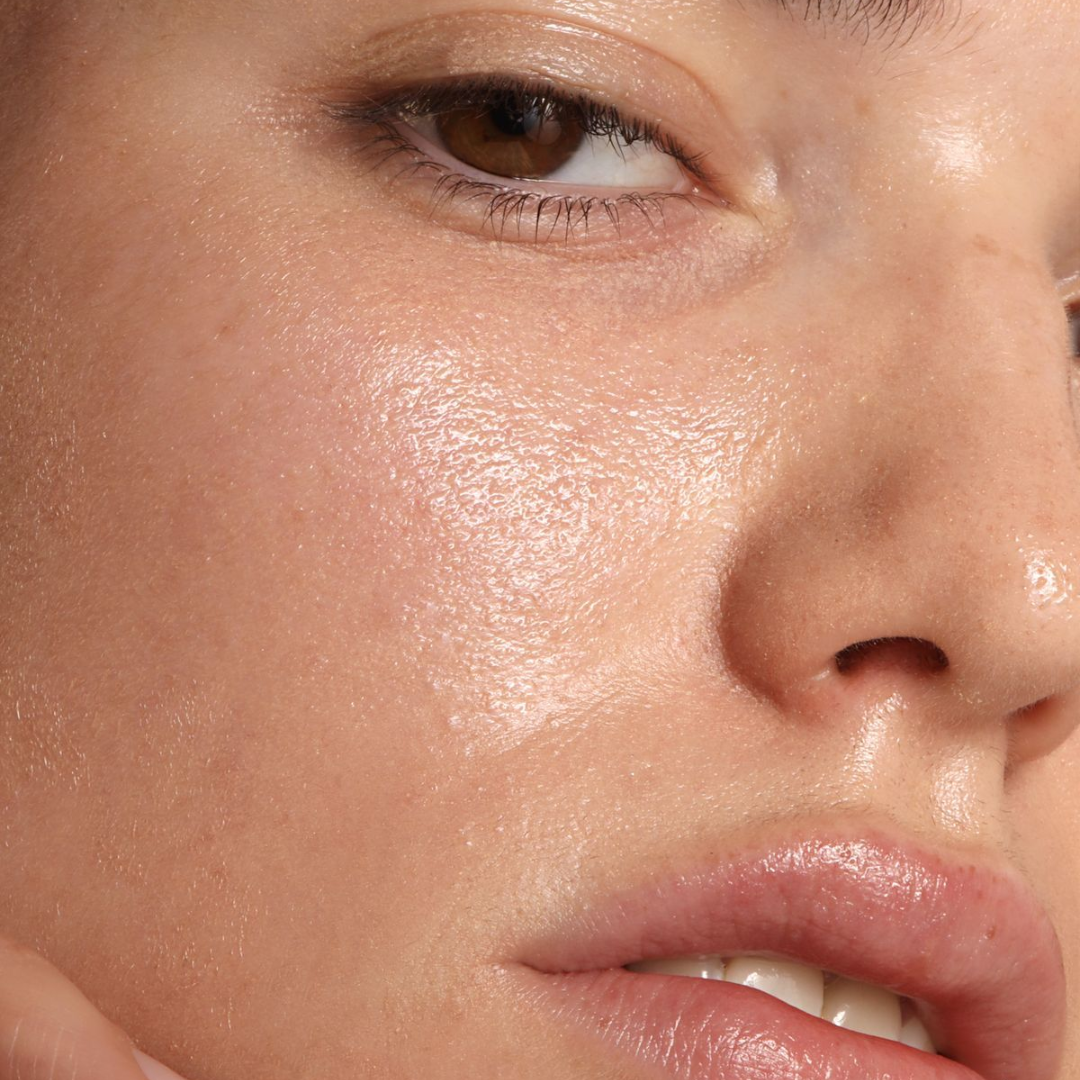
Papules: how do these red spots form?
Share
Papules are one of the most frequent manifestations ofinflammatory acne. These small red pimples, often sensitive to the touch, are worrying because they visibly alter the appearance of the skin, and can sometimes develop into more severe lesions. Understanding their formation is essential to better prevent and treat them. So how do these papules appear, and what are the solutions for alleviating them?
1. What is a papule?
A papule is a red, slightly raised pimple with no apparent pus. It usually measures less than 5 mm in diameter and results from an inflammatory reaction around an obstructed hair follicle. Unlike pustules, papules do not contain visible purulent fluid, but they can progress to this stage if inflammation worsens.
Acne papules are mainly found on the face (forehead, cheeks, chin), back, chest and sometimes shoulders. They are common in adolescence, but may persist or appear in adulthood.
2. Mechanism of papule formation
The formation of a papule generally follows several stages:
-
Obstruction of the hair follicle: excess sebum and dead cells accumulate, creating a microcomedo.
-
Bacterial growth: the proliferation of Cutibacterium acnes (formerly Propionibacterium acnes) in this closed environment stimulates the immune system.
-
Inflammatory response: the body reacts by triggering local inflammation: redness, heat, swelling.
-
Papule formation: the pimple becomes red, firm and sometimes painful, a sign that the immune system is fighting the intrusion.
This process explains why papules should not be manipulated: pressure can intensify inflammation and cause scarring.
3. Causes of acne papules
Several factors contribute to their appearance:
-
Excess sebum (oily or combination skin).
-
Hormonal imbalance: variations during puberty, the menstrual cycle, pregnancy or certain endocrine diseases.
-
Genetic factors: familial predisposition toinflammatory acne.
-
Stress: increased cortisol stimulates sebaceous glands.
-
Diet: excessive consumption of fast sugars and dairy products.
-
Unsuitable cosmetics: comedogenic or overly occlusive products.
-
Pollution and humidity: which promote clogged pores.
4. Difference between papules, pustules and other lesions
It is important to distinguish between the different types of buttons:
-
Papule: red, hard, pus-free pimple.
-
Pustule: a papule that develops into a white point of pus.
-
Nodule: deeper, painful, voluminous inflammatory lesion.
-
Comedo: non-inflammatory lesion (blackhead or closed comedo).
Correct identification helps guide the most appropriate treatment.
5. How to treat papules
a. Topical care (local application)
-
Benzoyl peroxide: antibacterial and anti-inflammatory, effective against C. acnes.
-
Salicylic acid: chemical exfoliant that helps unclog pores.
-
Topical retinoids (adapalene, tretinoin): regulate cell renewal and prevent blackheads.
-
Niacinamide Soothes inflammation and regulates sebum.
b. Oral treatments
Formoderate to severe acne with numerous papules:
-
Oral antibiotics (doxycycline, lymecycline) to reduce inflammation and bacterial proliferation.
-
Isotretinoin (Roaccutane) in severe or resistant forms.
-
Hormonal treatments (adapted contraceptives, anti-androgens) to regulate sebaceous secretion.
c. Appropriate daily hygiene
-
Gently cleanse with a soap-free gel morning and evening.
-
Light, non-comedogenic moisturizing cream to maintain the skin's barrier.
-
Regular sun protection to prevent post-inflammatory aggravation.
6. What to avoid
-
Do not pierce papules: this spreads inflammation and increases the risk of scarring.
-
Avoid aggressive scrubs: they irritate the skin and stimulate sebum production.
-
Don't use too many products: an overly rich or ill-adapted routine can unbalance the skin.
7. Professional solutions
A dermatologist can suggest targeted treatments:
-
Chemical peels based on glycolic or salicylic acid.
-
Blue and red LED light: antibacterial and anti-inflammatory effect.
-
Microneedling or fractional laser to improve skin texture and prevent scarring.
8. Prevention of papules
-
Balanced diet: limit fast sugars, focus on fruit, vegetables and omega-3s.
-
Regular hydration: drink enough water to support cell renewal.
-
Stress management: meditation, sport, restful sleep.
-
Choosing the right cosmetics: non-comedogenic, lightweight, soothing formulas.
Conclusion
Papules are red pimples characteristic ofinflammatory acne. They form as a result of pore obstruction, bacterial proliferation and a local inflammatory response. While they may appear benign, their handling or inappropriate treatment can cause scarring.
Fortunately, many solutions exist: local treatments, dermatological treatments and preventive measures can reduce the appearance of acne and improve skin quality. The key is to treat each type of acne individually, and to be patient, because results are built up over time.
